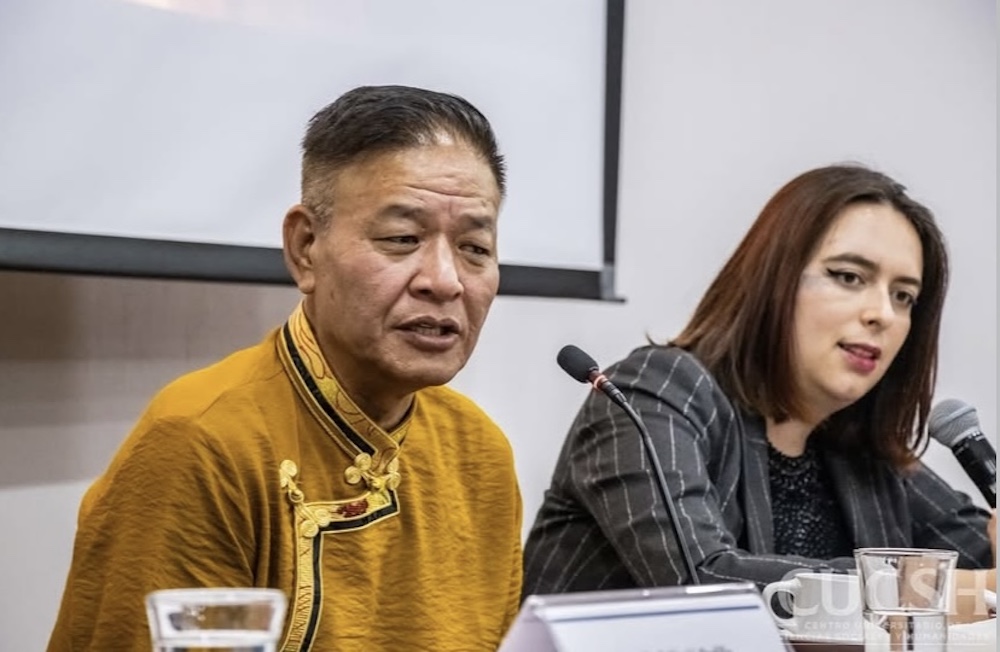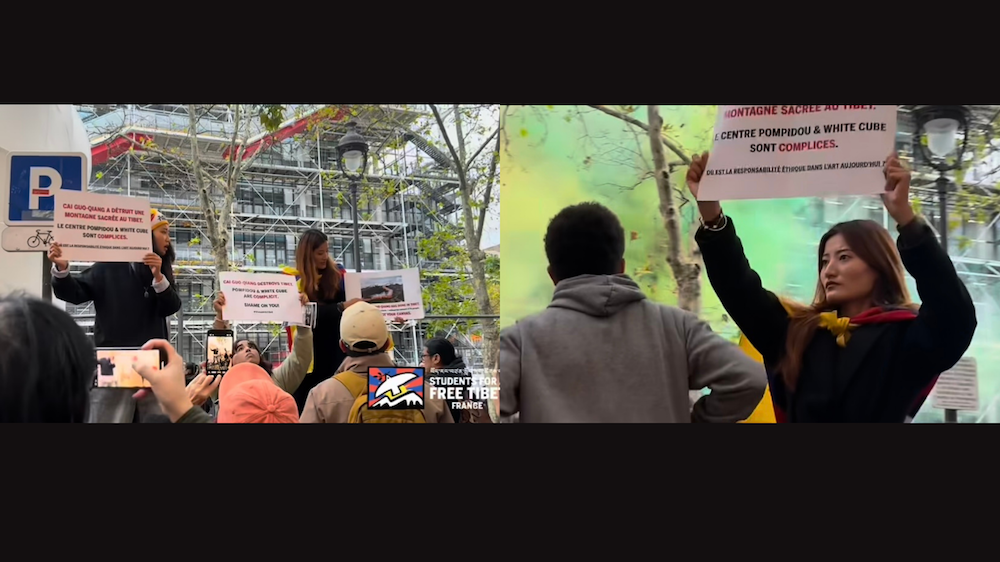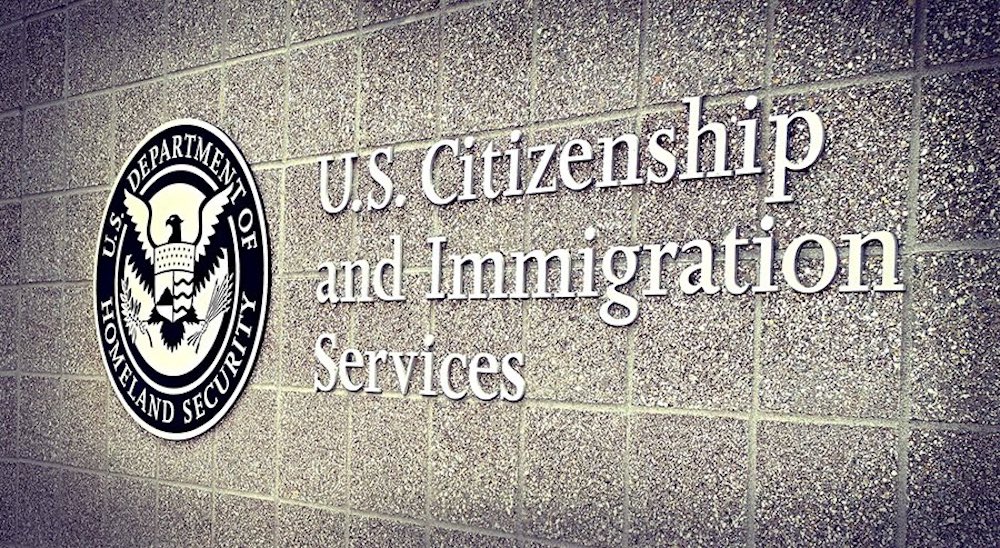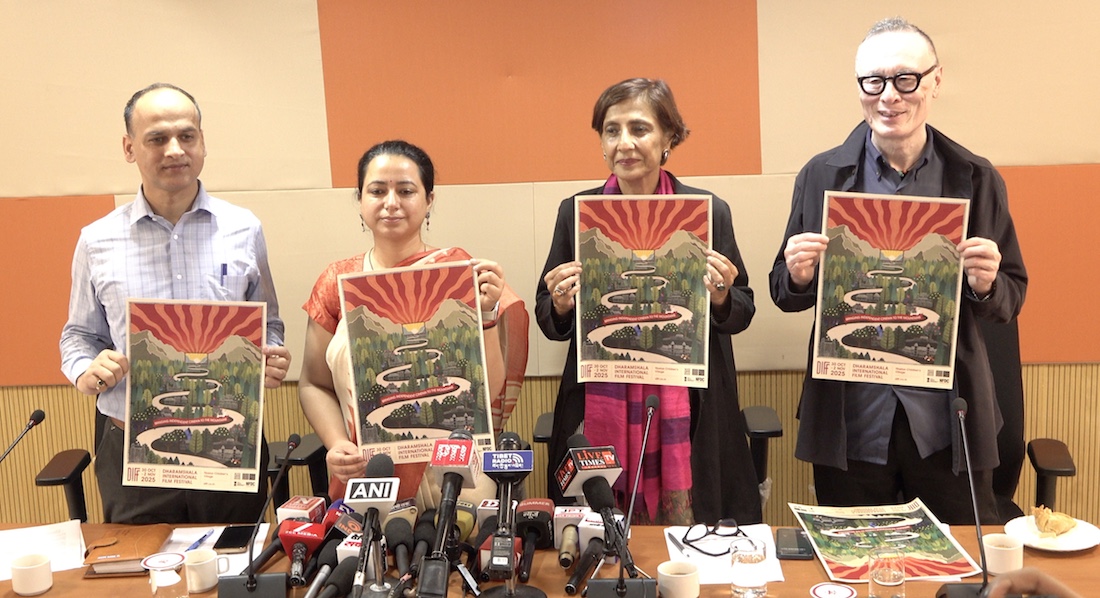By Sudha Ramachandran
BANGALORE – The Dalai Lama is likely to be the new mediator in the dispute over the Babri masjid-Ram Janmabhoomi site in Ayodhya. But while the Dalai Lama’s credentials to mediate in the dispute are impeccable, the possibility that he will find a solution acceptable to both sides seems bleak.
The Dalai Lama, the exiled Tibetan spiritual leader, has generally adopted a low-profile in India – the country he and his followers fled to in 1959, following the occupation of Tibet by the Chinese. He has generally refrained from making public statements, especially on contentious issues, as his government in exile has its home in Dharamshala in northern India.
In an unusual appeal earlier this month, though, the Dalai Lama called on India’s Hindus and Muslims to adopt a “mature, far-sighted and open-minded” approach to resolve the dispute over the site. The Ayodhya issue, he said, involves “too much of politics and emotions” and the “master key” to solving it lies in India’s “tradition of religious tolerance”.
The dispute is over a plot of land which Hindus believe is the birthplace of the Hindu deity Ram. Hence the name Ram Janmabhoomi (or Ram’s place of birth). A temple that stood on this site was destroyed by Muslim invaders, who then built a mosque there. In December 1992, Hindu extremists, led by the Vishwa Hindu Parishad (VHP – World Hindu Forum) tore down the 16th century mosque. While the dispute over the site has existed for centuries, it is only over the past decade that it has assumed immense significance in India’s politics.
The VHP, a constituent of the Sangh Parivar – a family of Hindu extremist parties and organizations – of which the ruling Bharatiya Janata Party (BJP) is a part, is in favor of a temple being built at the site and routinely initiates agitations and campaigns to push for the construction of a temple. The Ayodhya dispute has set off bloody riots across the country.
Several attempts have been made to resolve the mandir-masjid (temple-mosque) dispute, but none have succeeded so far. Last year, the widely revered Hindu pontiff, the Shankaracharya of Kanchi, stepped in to mediate between the parties to the dispute. That effort ran aground. Now the Dalai Lama will try his hand.
The Dalai Lama has clarified that he has no “proposal or agenda” to solve the issue at present. But he has outlined the basic elements of his approach. There should be mutual trust between the parties, there should be no losers at the end, and only a “middle path” will ensure that there is a lasting solution.
It has been reported that the government has been exploring the possibility of roping in the Dalai Lama as an interlocutor for some months. The first offer was reportedly made in November last year.
Many feel that the Dalai Lama’s stature and neutrality make him an ideal interlocutor in the Ayodhya dispute. The Times of India points out that “as a Buddhist spiritual leader, the Dalai Lama has no religious or political stake in this tangle. On the other hand, both the Hindu and the Muslim religious leaderships are inevitably perceived to be constrained by the dictates of their respective constituencies … The Ayodhya conflict needs the healing touch of a man like the Dalai Lama, who is seen as being free from any political or religious baggage, and endowed with a philosophy whose central tenet is peace.”
What is more, his mediation has been welcomed by all the interested parties to the dispute. Not only does he have the backing of Prime Minister Atal Bihari Vajpayee and Deputy Prime Minister Lal Krishna Advani, but also the Sangh Parivar, the VHP, the Shahi Imam of the Jama masjid in Delhi and the Muslim Personal Law Board have all come out in favor of the Dalai Lama’s effort.
The VHP has generally resisted any “outsiders” mediating in the Ayodhya dispute as it sees the temple issue as its turf. The sudden willingness to allow the Dalai Lama to mediate is said to have more to do with upcoming general elections in the country rather than any mellowing down in the VHP’s outlook. Many believe that the latest initiative on the Ayodhya dispute and the backing the Dalai Lama has received is an attempt by the Sangh Parivar, especially the BJP, to bring the issue to the fore in the run-up to the general elections. With a peace process with Pakistan in place, the ruling BJP might be looking for a breakthrough in its attempts to resolve the Ayodhya dispute in the hope that it will contribute to building an image of the party as one that is amenable to settlement of disputes through dialogue.
There is some skepticism as to how successful the Dalai Lama will be. His stature notwithstanding, whether the interested parties to the dispute will heed the Tibetan leader’s suggestions is a moot point. The parties to the dispute have a vested interest in keeping the conflict simmering.
Drawing attention to some of the drawbacks in the Dalai Lama assuming a mediatory role in the Ayodhya dispute, the Times of India says: “The mandir-masjid controversy is divisive in nature and a third party like the Dalai Lama clearly has no locus standi [standing] in it. Any proposal he makes towards conflict resolution would be used as a political tool and would not be acceptable to all the parties concerned.”
Some have suggested that India’s Muslims could make a generous gesture and give up their claim to the site in Ayodhya. Hindus point out that the site, after all, is not as significant to Muslims as it is to Hindus. They argue that the Ayodhya site is central to Hinduism as Mecca is to Islam. While there seems to be some support for this among the Muslim community, there are fears that if they give up claims on Ayodhya, a jubilant VHP will press ahead with its demands on similar contentious sites in Mathura and Kashi. When asked whether the Sangh Parivar would give up its demands on Mathura and Kashi if a temple was allowed to be built in Ayodhya, the VHP International general secretary Praveen Togadia replied that its demands on Ayodhya, Mathura and Kashi were not negotiable.
An editorial in the Deccan Herald points out: “There is till now no indication that the parties to the dispute have changed their positions and attitudes. When the declared aim is to make the other party be seen as the loser, how can a win-win solution be evolved? Ayodhya is not seen in isolation, other disputed shrines have also been made part of the issue now. The Dalai Lama may have to first change the basic mindset and attitudes that created and aggravated the Ayodhya issue, in order to find an acceptable solution.”
It is not the stature of the mediator that would enable a resolution of the Ayodhya dispute. What is required is a spirit of compromise on the part of the parties to the dispute, which is still lacking. Therefore, the Dalai Lama initiative could end up as just another twist in the Ayodhya tangle.









